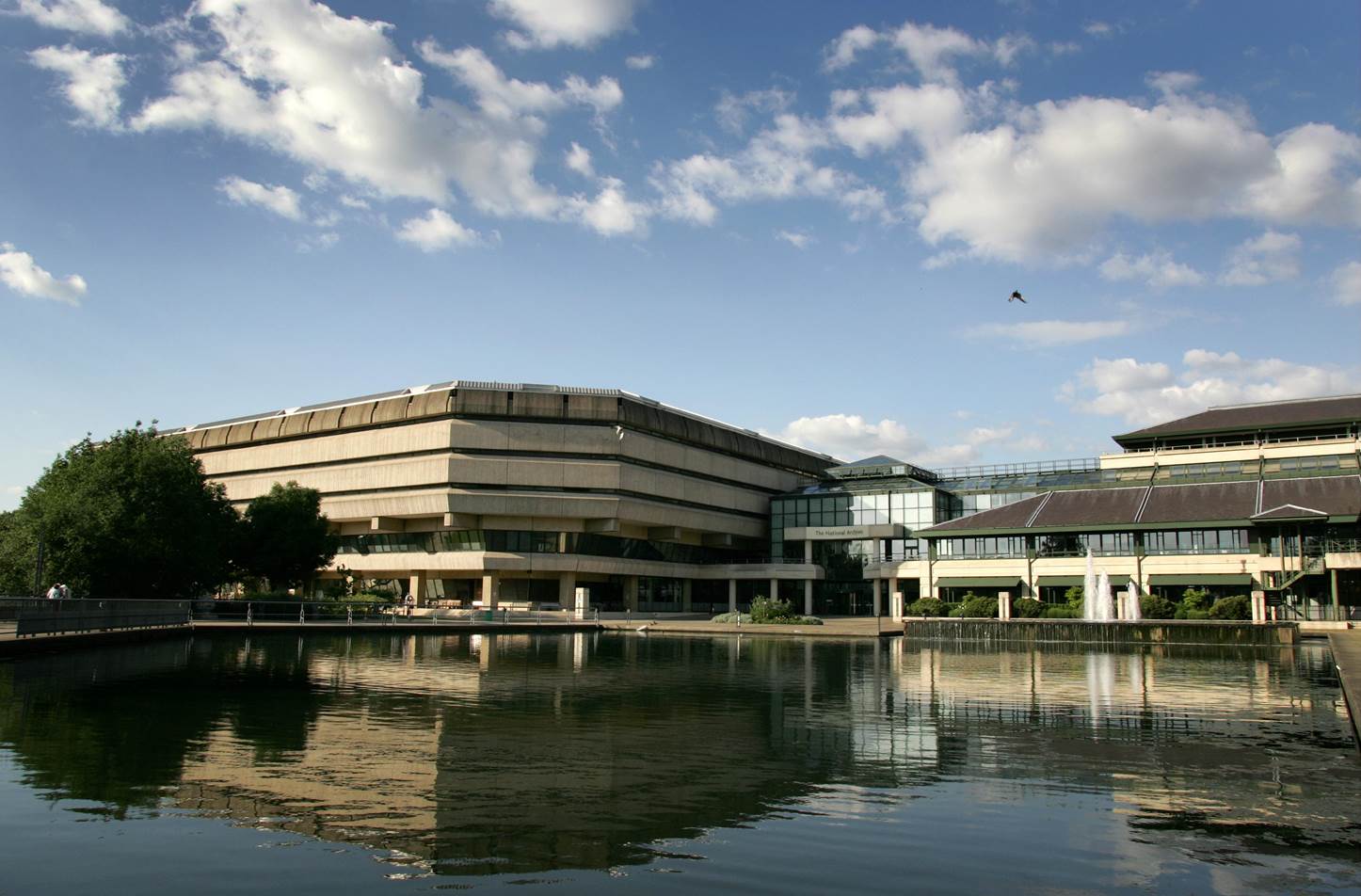Department also claims that drive to automate is employee-led
Credit: Crown Copyright
HM Revenue and Customs is looking at how artificial intelligence could be used for “compliance and complex tax cases”.
The department’s acting digital transformation director Brigid McBride said that the department is “dipping our toe in AI” and examining the role it might play in some of its more complicated tax operations.
Some robotics tools are also being implemented in its front-end customer service offerings, she told attendees at the Public Sector ICT event hosted in London this week by PublicTechnology parent company Dods.
“We use a lot of new channels like social media, to help deal with simple queries. We also have a virtual assistant – called Rita – a very simple robotics technology,” said McBride. “The pace of change is not slowing, the demands of our customers are growing, and our customers are moving towards self-employment. The real challenge is building an organisation that can absorb that change and adapt to it.”
The tax agency has set a target of automating 10 million processes by the end of the year. Its journey towards this goal is being fuelled by the ideas of its employees, according to McBride.
Related content
- Digital chief lifts lid on how HMRC pulled off the biggest tax change in 70 years without anyone noticing
- ‘You should be able to see your entire interaction with us’ – HMRC promises to put its mountain of data to customer-centric use
- Major report urges government to create dedicated AI programme for public sector
“We have been absolutely crushed by the enthusiasm,” she said. “We did a bottom-up approach instead of a big programme. We put in the capability then asked staff to identify processes that they felt could automate. We ended up with hundreds of small projects that were all things that people really cared about.
McBride added: “With robotics, we have been working with our customer services If you have an old and ageing technology, your call centre staff [will appreciate] a simple solution that brings data together and then repopulates the legacy system.
“That movement and that excitement will be the thing that help us get to that 10 million. We did not have to push it, [on staff] it was pulled in.”
The department’s employees are also central to its efforts to attract the new digital and data specialists – particularly young talent. McBride claimed that, for an aspiring data scientist, HMRC is a great place to spend a couple of years – or longer.
“People are attracted by the scale of what we do,” she said. “We do a huge amount of blogging, we tell a lot of stories of change – our people talk about the work they do,. We do a lot of growing our own – 10% of our digital workforce are apprentices. We are self-sufficient in most of our digital roles. We do not need to rely on contractors – only to grow.”



